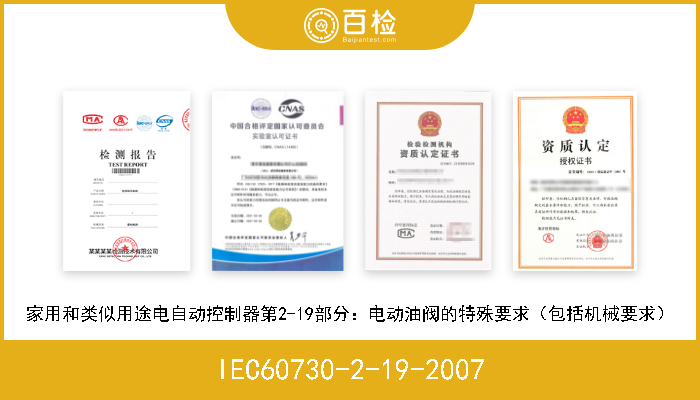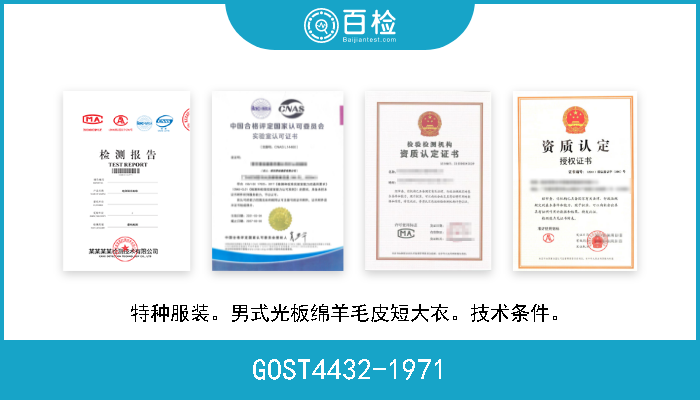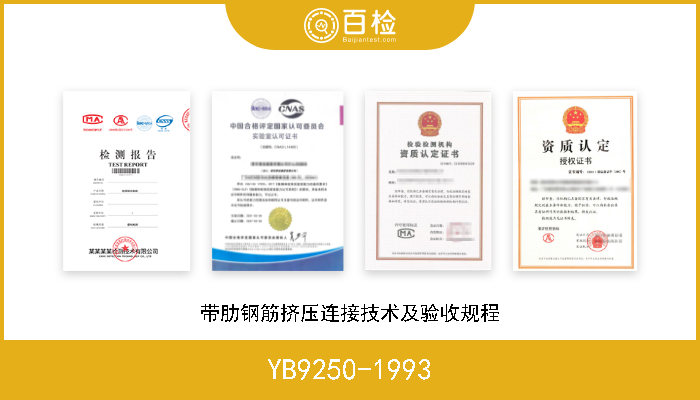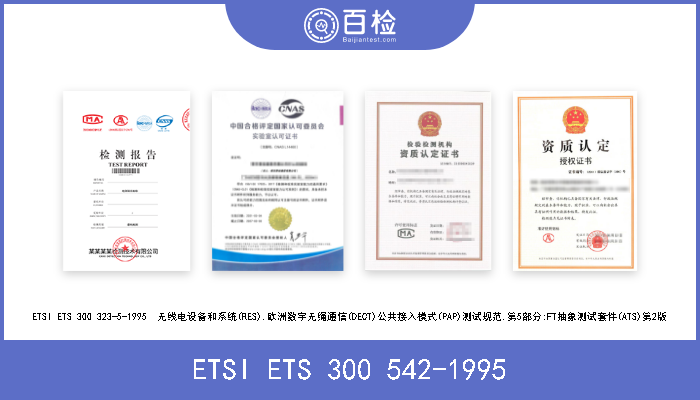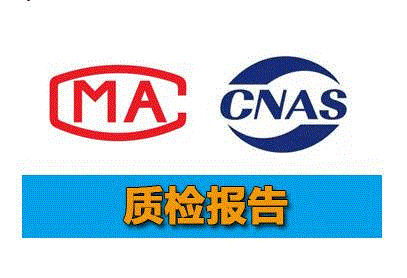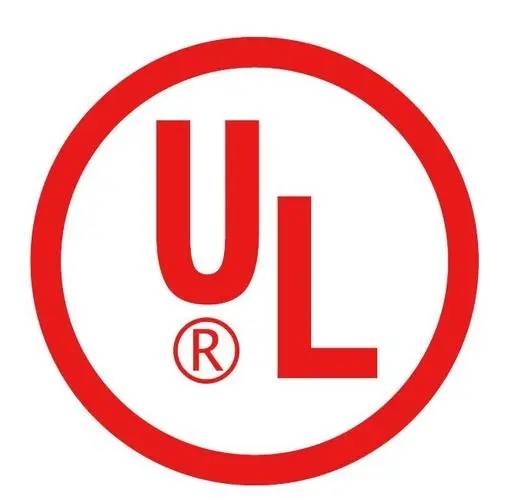SAE AIR 825/13-2003 飞机氧气系统中燃烧危险评估指南
百检网 2021-07-14
标准号:SAE AIR 825/13-2003
中文标准名称:飞机氧气系统中燃烧危险评估指南
英文标准名称:Guide for Evaluating Combustion Hazards in Aircraft Oxygen Systems
标准类型:V44
发布日期:2003/1/1 12:00:00
实施日期:1999/12/31 12:00:00
中国标准分类号:V44
国际标准分类号:49.095
引用标准:ASTM D 2863-2000;ASTM G 63-1999;ASTM G 88-1990;ASTM G 93-1996;ASTM G 93-2003;ASTM G 94-1992;ASTM G 128-1995;ASTM G 128-2002;SAE AIR 1169;SAE AIR 4071-1997;SAE ARP 1176-1999
适用范围:This guide is intended to promote safe designs, operations and maintenance on aircraft and ground support oxygen systems. This is also a summary of some work by the ASTM G 4 Committee related to oxygen fire investigations and design concerns to reduce the risk of an oxygen fire. There have been many recent technological advances and additional test data is available for evaluating and controlling combustion hazards in oxygen equipment. Standards that use this new information are rapidly evolving. A guide is needed to assist organizations and persons not completely familiar with this process to provide oxygen systems with minimum risks of combustion. This guide does not necessarily address all the detailed issues and provide all data that will be needed. For a complete analysis, supplemental publications need to be consulted. This guide does discuss the basics of oxygen systems fire hazards. The hazard analysis process is discussed and a simple example to explain this process. Also, this guide does not address the overall system safety issues normally evaluated in aircraft programs. This guide does provide some important background and observations about combustion in oxygen systems. Information is given describing how to accomplish a hazard analysis. Furthermore, background is provided to explain critical locations in oxygen systems that need to be evaluated and other locations that do not require hazard analysis. It is important to note that any effort that requires a comprehensive and effective hazard analysis should use the complete information in the documents referenced herein. In general, the need for a hazard analysis applies primarily to gaseous oxygen equipment at 50 psi and higher pressures. LOX equipment does have hazards concerns as well and is usually treated similarly to GOX equipment at 500 psi. It should be noted that there are other phenomena associated with LOX equipment that must be considered. An example is that LOX can combine with hydrocarbons to form a gel, which explodes under impact. On the other hand, since LOX is a very cold liquid it tends to quench most possible ignition sources that could cause promoted ignition. When examining oxygen equipment at lower pressures the primary concern is the increased ignition and fire concern with combustible non-metals.
中文标准名称:飞机氧气系统中燃烧危险评估指南
英文标准名称:Guide for Evaluating Combustion Hazards in Aircraft Oxygen Systems
标准类型:V44
发布日期:2003/1/1 12:00:00
实施日期:1999/12/31 12:00:00
中国标准分类号:V44
国际标准分类号:49.095
引用标准:ASTM D 2863-2000;ASTM G 63-1999;ASTM G 88-1990;ASTM G 93-1996;ASTM G 93-2003;ASTM G 94-1992;ASTM G 128-1995;ASTM G 128-2002;SAE AIR 1169;SAE AIR 4071-1997;SAE ARP 1176-1999
适用范围:This guide is intended to promote safe designs, operations and maintenance on aircraft and ground support oxygen systems. This is also a summary of some work by the ASTM G 4 Committee related to oxygen fire investigations and design concerns to reduce the risk of an oxygen fire. There have been many recent technological advances and additional test data is available for evaluating and controlling combustion hazards in oxygen equipment. Standards that use this new information are rapidly evolving. A guide is needed to assist organizations and persons not completely familiar with this process to provide oxygen systems with minimum risks of combustion. This guide does not necessarily address all the detailed issues and provide all data that will be needed. For a complete analysis, supplemental publications need to be consulted. This guide does discuss the basics of oxygen systems fire hazards. The hazard analysis process is discussed and a simple example to explain this process. Also, this guide does not address the overall system safety issues normally evaluated in aircraft programs. This guide does provide some important background and observations about combustion in oxygen systems. Information is given describing how to accomplish a hazard analysis. Furthermore, background is provided to explain critical locations in oxygen systems that need to be evaluated and other locations that do not require hazard analysis. It is important to note that any effort that requires a comprehensive and effective hazard analysis should use the complete information in the documents referenced herein. In general, the need for a hazard analysis applies primarily to gaseous oxygen equipment at 50 psi and higher pressures. LOX equipment does have hazards concerns as well and is usually treated similarly to GOX equipment at 500 psi. It should be noted that there are other phenomena associated with LOX equipment that must be considered. An example is that LOX can combine with hydrocarbons to form a gel, which explodes under impact. On the other hand, since LOX is a very cold liquid it tends to quench most possible ignition sources that could cause promoted ignition. When examining oxygen equipment at lower pressures the primary concern is the increased ignition and fire concern with combustible non-metals.
百检能给您带来哪些改变?
1、检测行业全覆盖,满足不同的检测;
2、实验室全覆盖,就近分配本地化检测;
3、工程师一对一服务,让检测更精准;
4、免费初检,初检不收取检测费用;
5、自助下单 快递免费上门取样;
6、周期短,费用低,服务周到;
7、拥有CMA、CNAS、CAL等权威资质;
8、检测报告权威有效、中国通用;
客户案例展示
相关商品
版权与免责声明
①本网注名来源于“互联网”的所有作品,版权归原作者或者来源机构所有,如果有涉及作品内容、版权等问题,请在作品发表之日起一个月内与本网联系,联系邮箱service@baijiantest.com,否则视为默认百检网有权进行转载。
②本网注名来源于“百检网”的所有作品,版权归百检网所有,未经本网授权不得转载、摘编或利用其它方式使用。想要转载本网作品,请联系:service@baijiantest.com。已获本网授权的作品,应在授权范围内使用,并注明"来源:百检网"。违者本网将追究相关法律责任。
③本网所载作品仅代表作者独立观点,不代表百检立场,用户需作出独立判断,如有异议或投诉,请联系service@baijiantest.com
行业热点

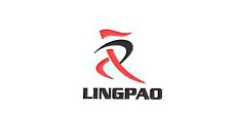
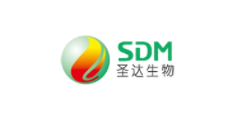


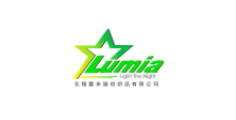
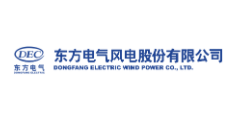
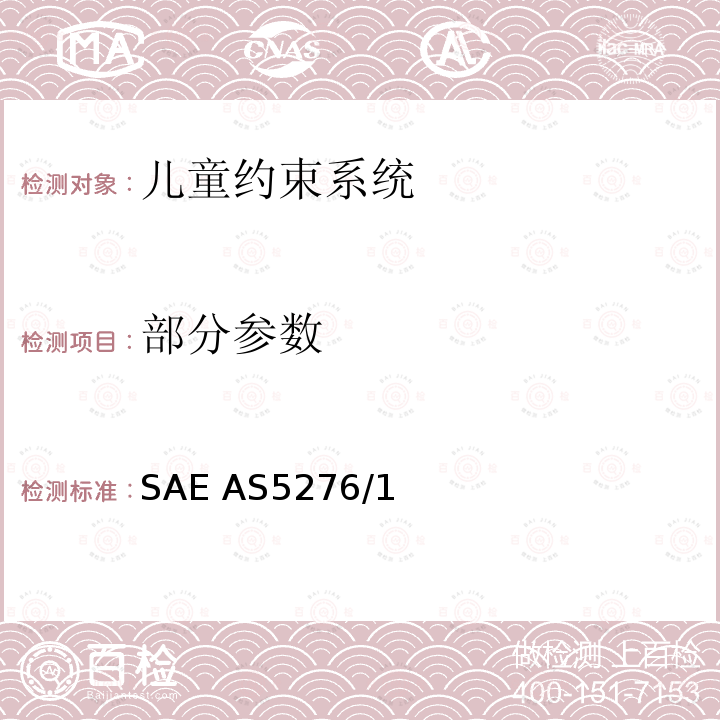
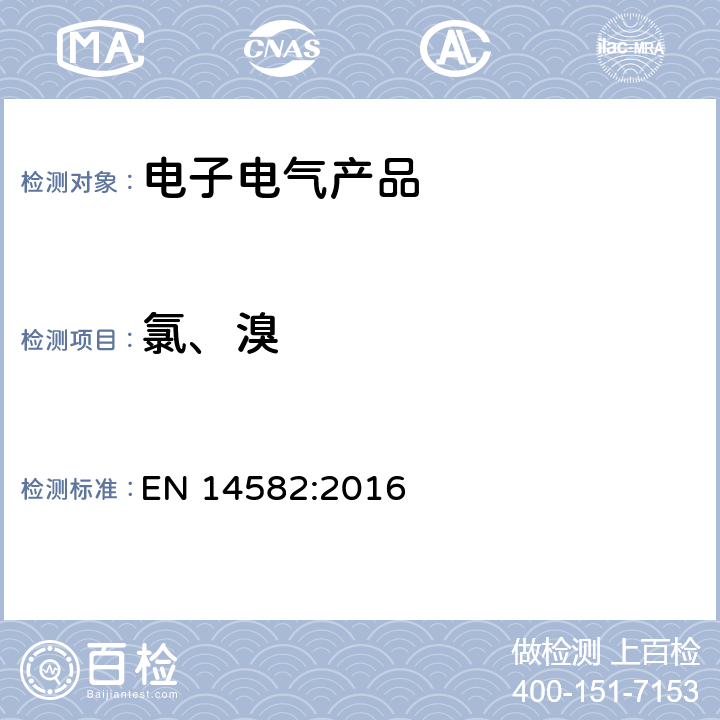

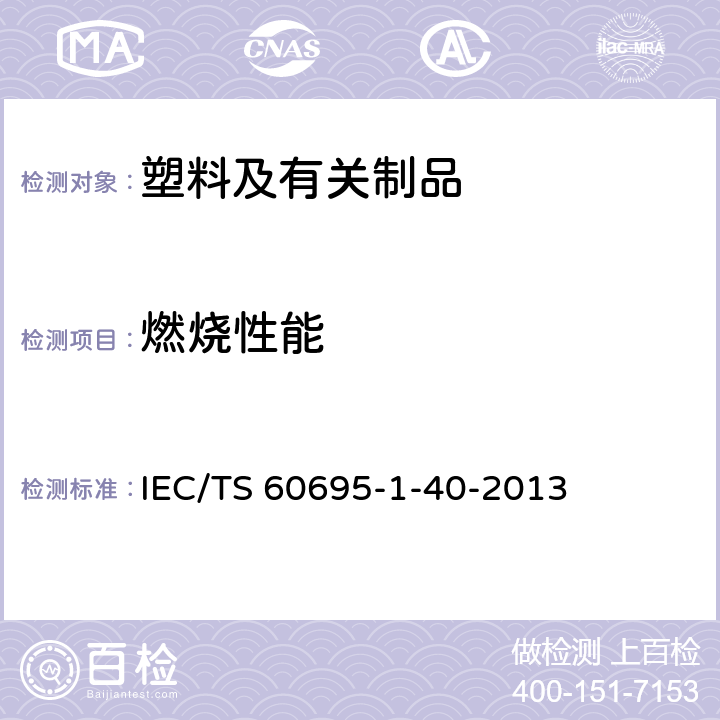
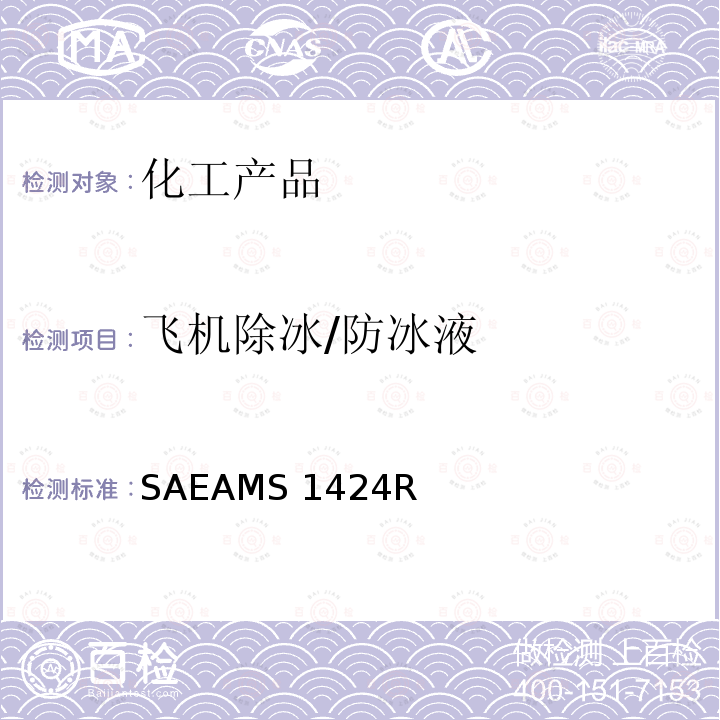

.png)
